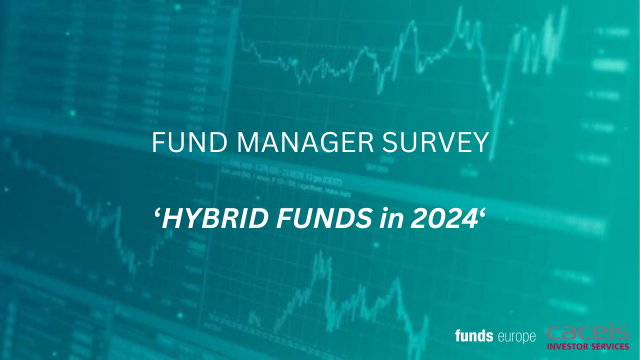The European Securities and Markets Authority (Esma) should review fund classifications under SFDR as confusion around the labels continues, says an industry body.
In a letter to the regulator, the Securities Market and Stakeholder Group (SMSG) argued there is currently too much overlap between Article 8 and Article 9 funds and that too many asset managers are incorrectly using both Article 8 and Article 9 labels for sustainable strategies, as the latter has more specific ESG requirements than the former.
As a result, the SMSG is calling for Article 9 funds to become the “sole carriers of a green classification” with Article 8 funds’ ESG criteria “so broad that with some degree of measurability, virtually anything can fit into it”.
Potential mismatches between investors and products could be created, according to SMSG. “The Commission seems to have intended the [article] 8 category only as a disclosure category of intentional or unintentional ESG strategies (and the efforts to introduce minimum ESG criteria have not been successful yet), whereas in the market article, 8 products are often used as an ESG product category.
“The SMSG is of the opinion that [article] 9 funds should focus on thematic funds, green or project bond funds, engagement funds and impact investing, while these terms should be clearly defined.”
SMSG’s recommendations come at the same time new research from ESG advisory firm MainStreet Partners has revealed the extent of holding overlap between Article 8 and Article 9 fixed income strategies.
The firm found only 37% of green, social, and sustainably (GSS) invested fixed income funds surveyed were labelled as Article 8, with just 63% declaring an official sustainability objective.
SFDR labels have recently come under greater criticism. Last week, it was found that nearly a quarter of Article 9 funds were failing the “do no significant harm” test.
This research from Clarity AI found 18% of the 750 funds it analysed had exposure of over 10% to companies in violation of UNGC Principles or the OECD guidelines in multinational companies.
© 2023 funds europe





